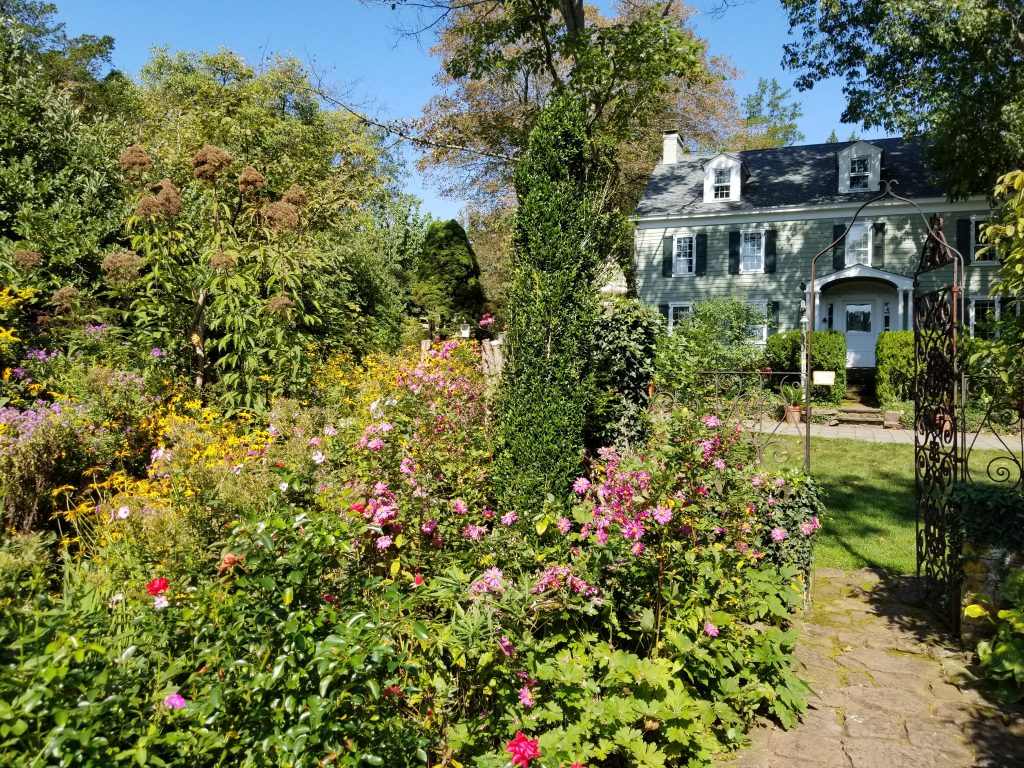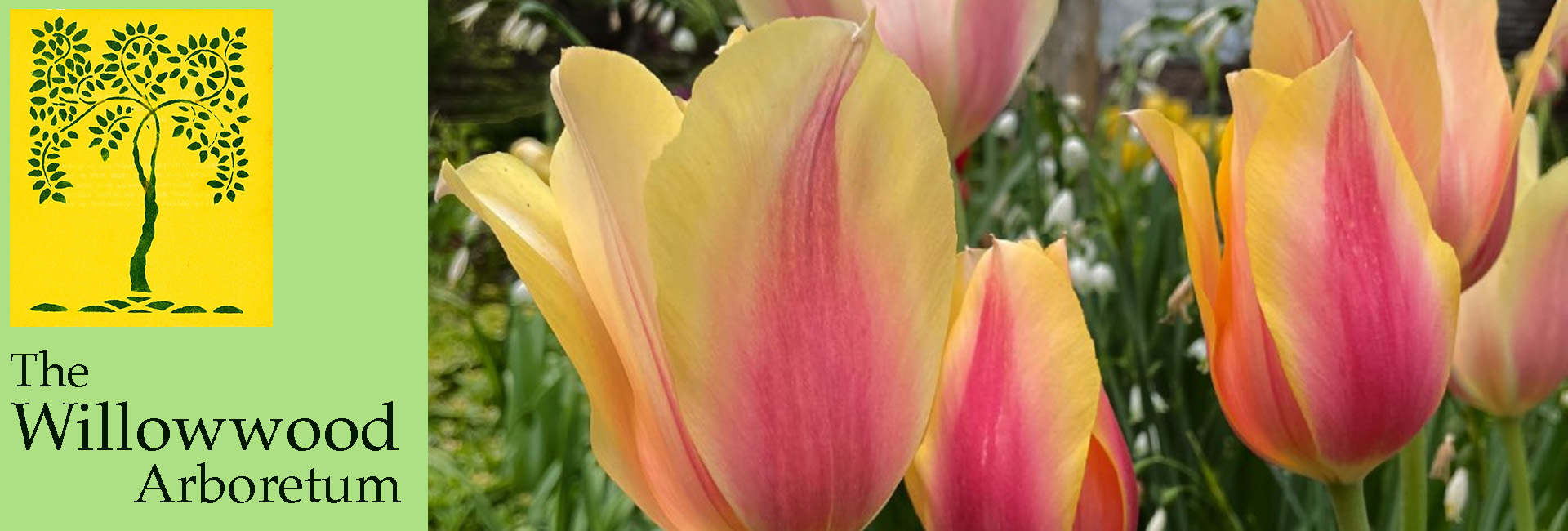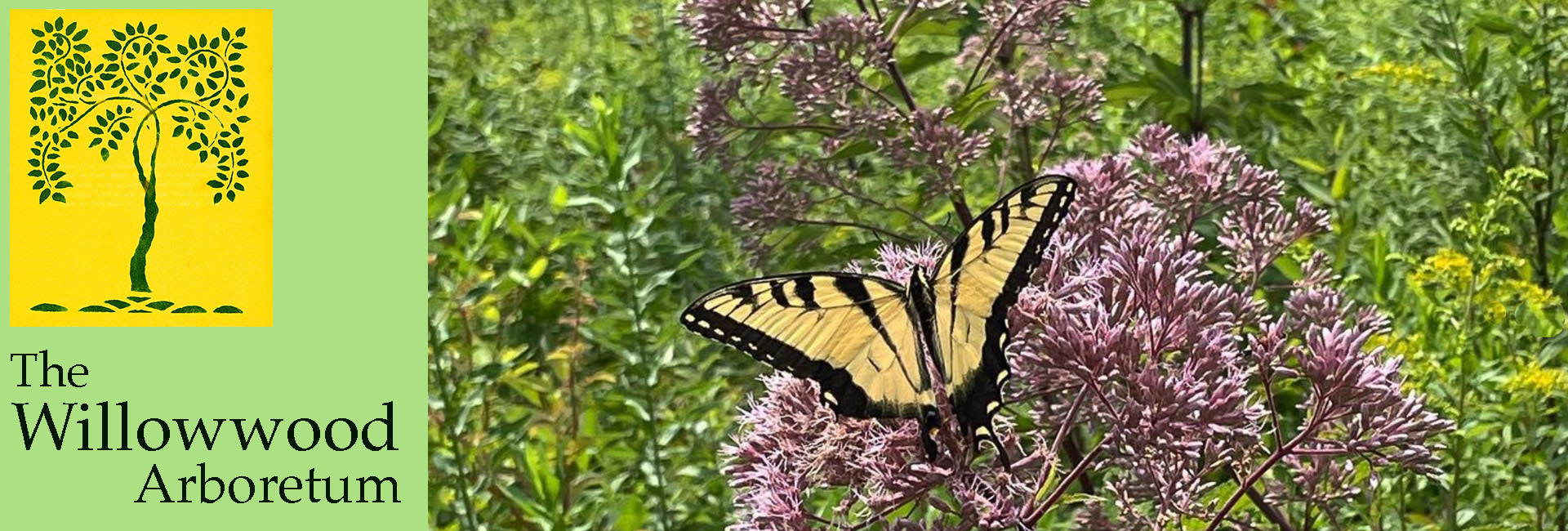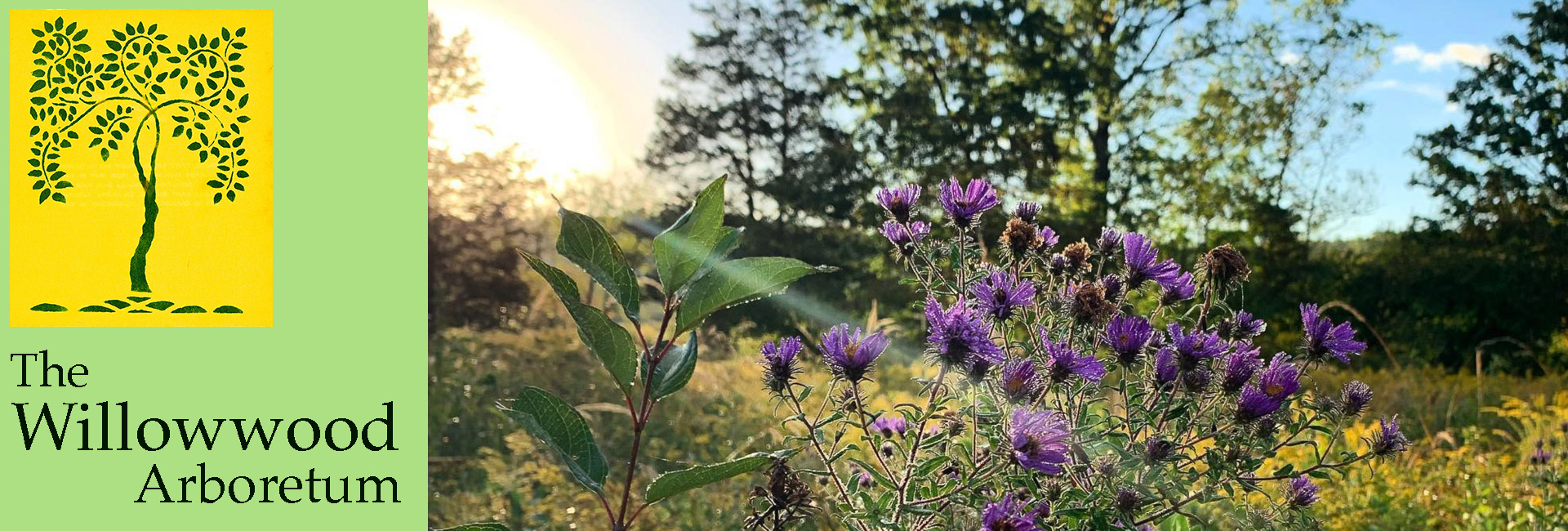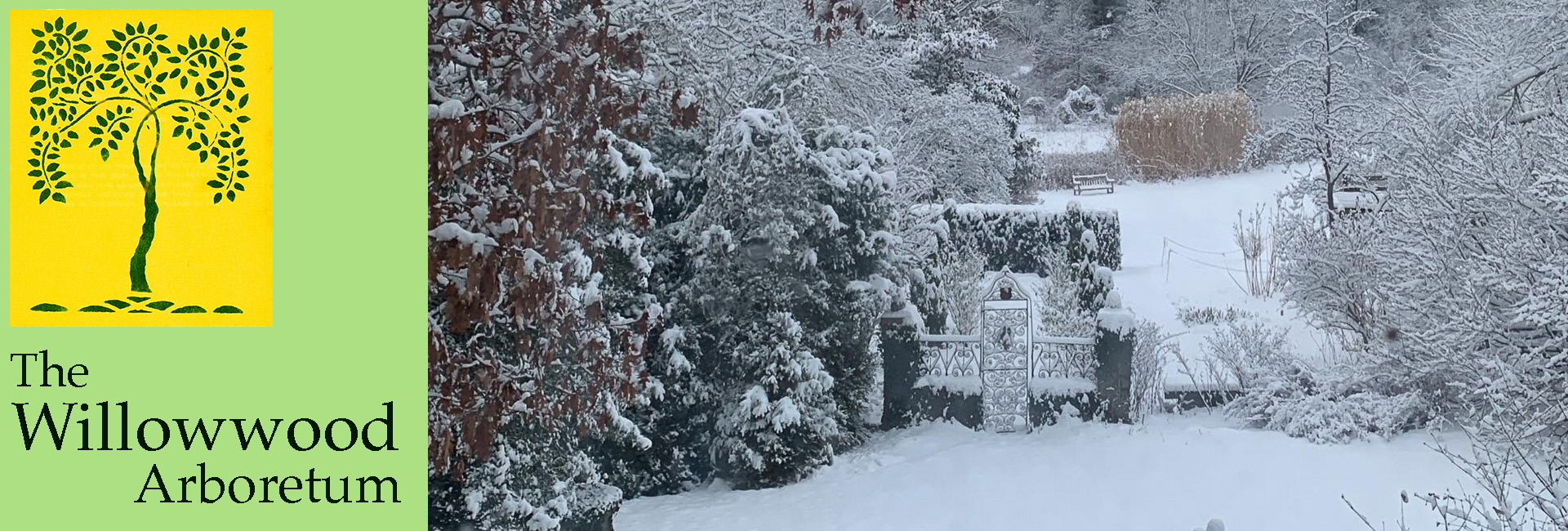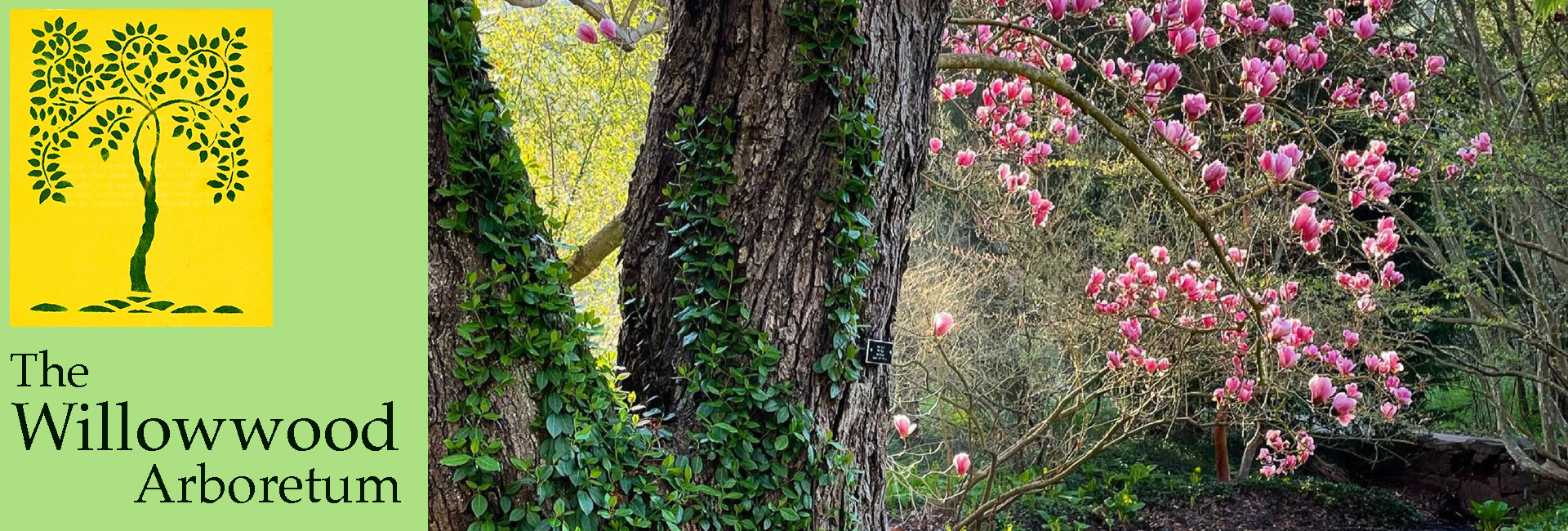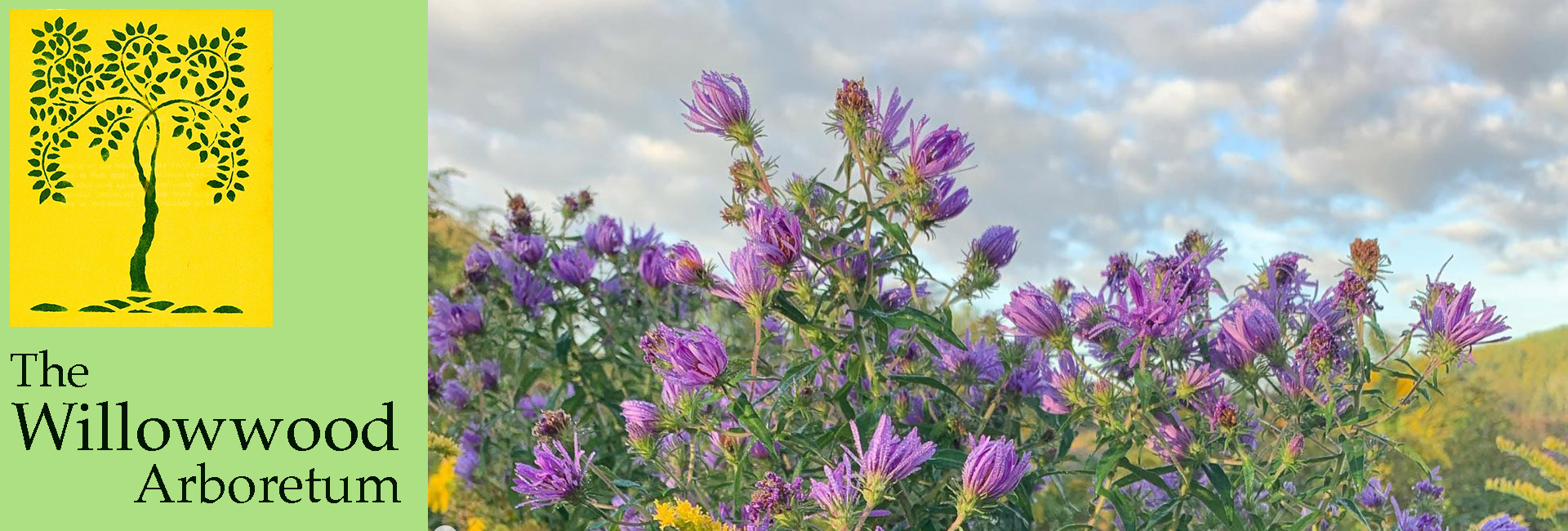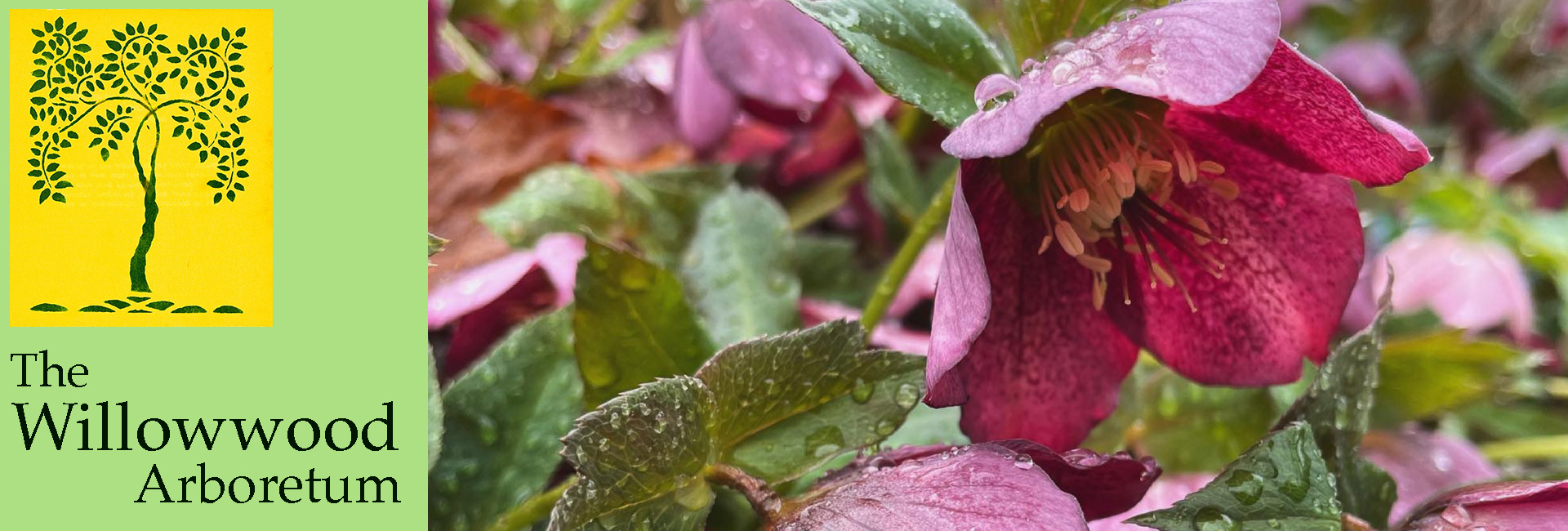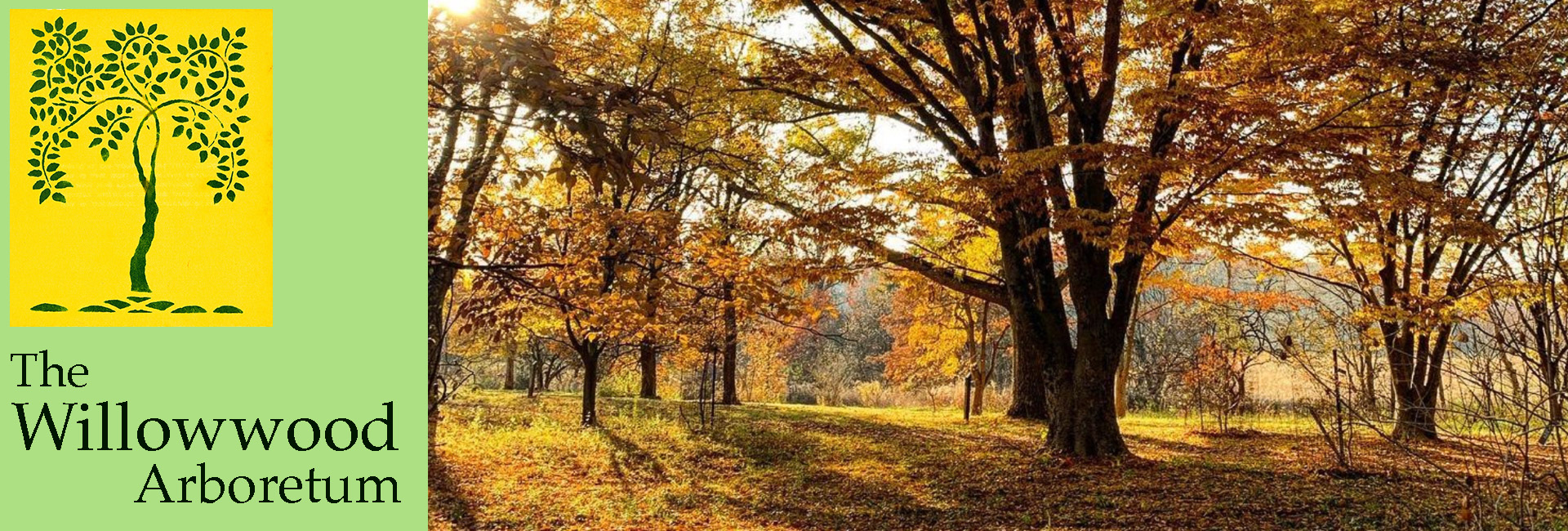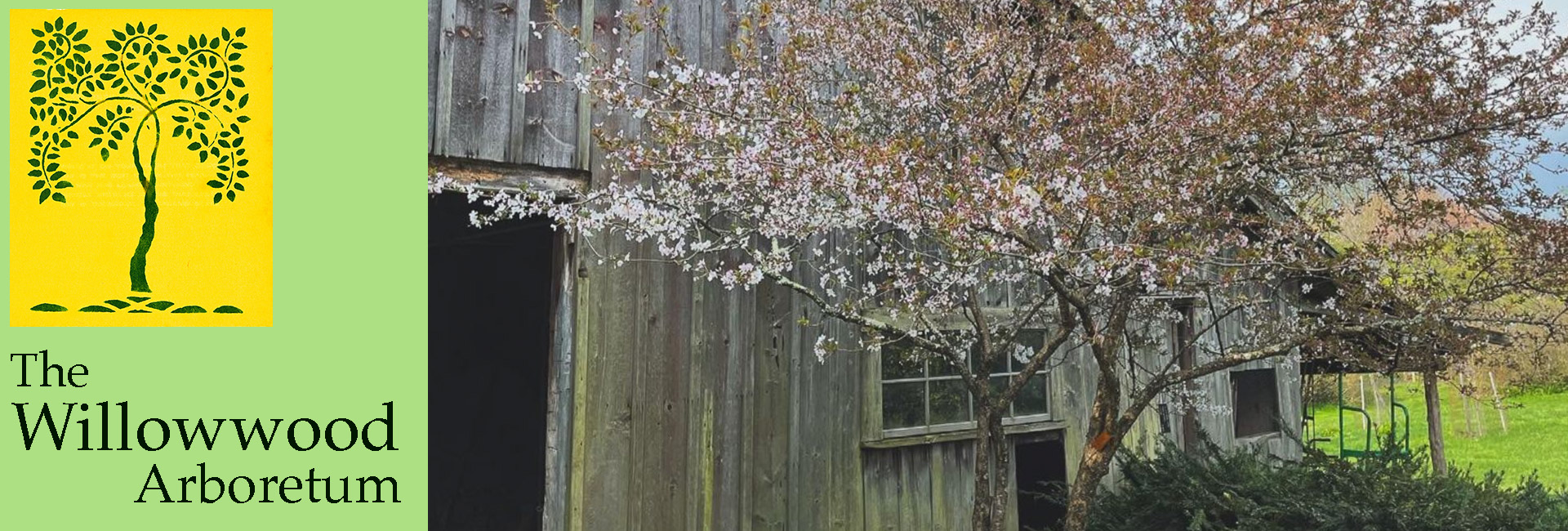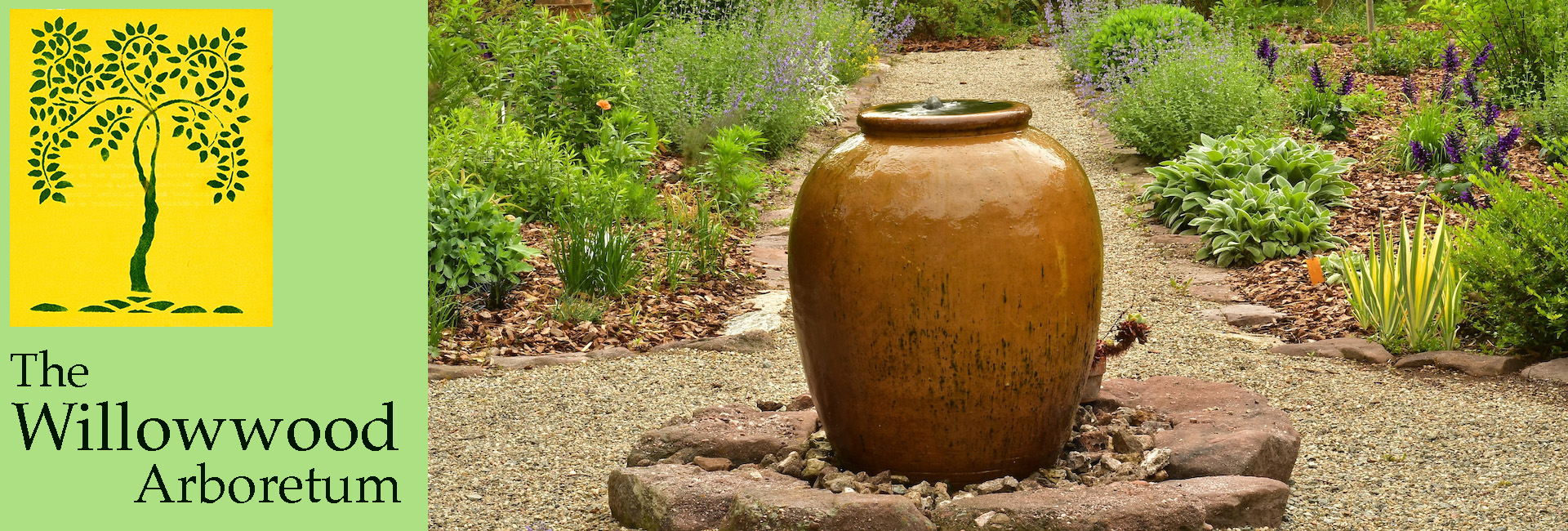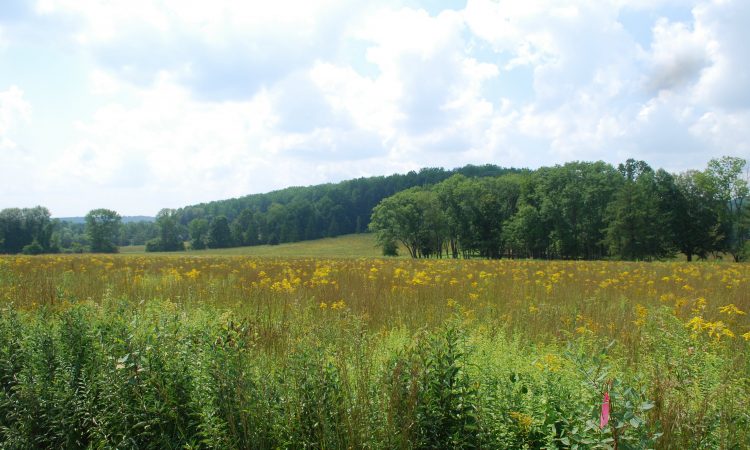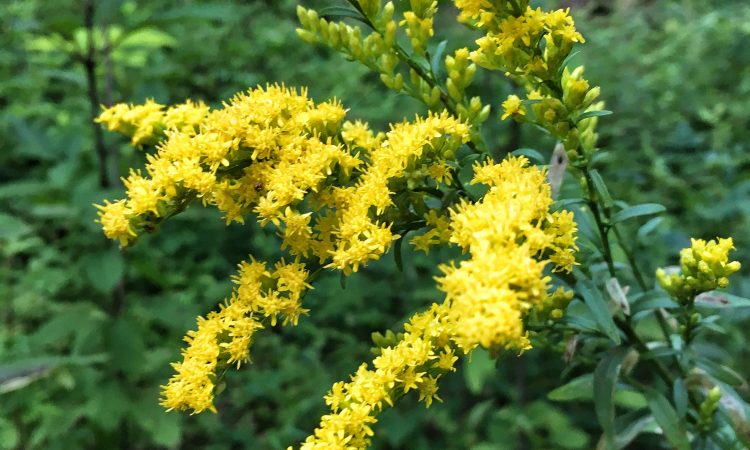Michele S. Byers, Executive Director of New Jersey Conservation Foundation
Published Daily Record Sept. 11, 2017
Thirty years ago, the King of Morocco made headlines when he bought the Natirar estate in Peapack-Gladstone, now a Somerset County park. King Hassan II may not have known, but there’s an ancient connection between his homeland and the Highlands region of New Jersey where Natirar (“Raritan” spelled backwards) is located.
Hundreds of millions of years ago, when the Earth had a single supercontinent called Pangaea, the eastern part of North America and western Africa were joined together. New Jersey’s Highlands mountains were connected to what is now Morocco before the continents broke apart.
And it is now possible to stand close to the boundary line where the two continents split.
The Willowwood Arboretum and Bamboo Brook Outdoor Education Center are side-by-side parks in Chester Township, Morris County. The parks, only a few miles from Natirar, are linked by the Patriots Path hiking trail, with a wooden footbridge crossing a small trout stream called the Bamboo Brook.
If that little footbridge had existed 450 million years ago (and if humans had existed!), you could have walked from New Jersey’s emerging giant peaks to those of the Anti-Atlas Mountains of Morocco.
How do we know the tiny Bamboo Brook is part of an ancient continental boundary? According to Dr. Emile DeVito, New Jersey Conservation Foundation’s staff biologist and naturalist, the land’s hidden past is revealed by the underlying geology.
East of Bamboo Brook — where Natirar is located — soils are deep reddish brown, atop the sedimentary Brunswick shale of New Jersey’s Piedmont, a much younger geologic region. On the west side of the brook, soils are gray and stony, derived from the metamorphic rock of the New Jersey Highlands. Pockmarks of whitish-gray limestone hills dot the southeast course of Bamboo Brook, outcrops of ancient fossil shell beds that accumulated on the edge of a shallow tropical ocean.
How and when did North America and Africa split apart? It all has to do with plate tectonics, the theory of how landmasses float and drift on the Earth’s mantle.
“The movements of continental plates are slow, but also inexorable and cataclysmic,” explained Emile. “Plate tectonics resulted in both the amalgamation and eventual breakup of the supercontinent of Pangaea.”
Four hundred eighty-eight to four hundred forty-four million years ago, a landmass known as Avalonia (containing present-day pieces of Britain, Belgium, France, Spain, Newfoundland, Nova Scotia, New England, and northwest Africa) broke free from another landmass called Gondwanaland and floated westward, colliding into Laurentia (which would eventually become North America).
This slow-motion collision threw up immense mountains — as high as the modern-day Himalayas —which today are known as the Taconic, Allegheny and northern Appalachian mountains. Intense pressure and heat from the collision melted (metamorphosed) the interior rocks that formed the basement of these mountains. The tall peaks have long since eroded away, but the basement rocks supporting these mountains form the New Jersey Highlands — now nearly a half a billion years old.
During the time of the collision, primitive land plants began to colonize the continents. Earlier, the land was essentially lifeless, although oceans already teemed with life, including primitive fish.
Fast forward 140 million years. Primitive plants evolved into giant ferns and tree-like club mosses, invertebrates exploded onto lush green landscapes, and tetrapods (primitive amphibians that evolved from lobe-finned bony fish) climbed out of the seas. By the end of the Carboniferous period 299 million years ago, lush tropical forests covered what is now eastern North America, filled with insects, amphibians and primitive reptiles.
By the beginning of the Mesozoic Era 250 million years ago, sediments from the erosion of the huge mountains filled northeastern New Jersey’s lowlands with deep layers of material that would eventually become our present day Piedmont.
During the Jurassic period 201 million years ago, a rift opened in northeastern New Jersey and a shallow sea known as the Tethys Sea formed. Africa began to drift away from North America. The two continents drifted apart by only 1 ¼ inches per year, but after 180 million years the distance grew to about 3,600 miles.
Want to feel the immensity of time in the region where New Jersey and Morocco split up?
Go to Willowwood Arboretum, follow the Patriots Path trail and stand on the footbridge over the Bamboo Brook. The limestone hill built of 175 million-year-old Tethys Sea invertebrates is to your southeast, and the ancient basement rocks of the New Jersey Highlands to your west, nearly three times older. You will be standing on the edge of the ancient continent, about as close as you can get to where a great cataclysm ripped apart North America and Africa, and set them sailing in opposite directions.
While you’re at Willowwood and Bamboo Brook, linger and explore the beauty of these natural areas. These parks are filled with butterfly meadows, forests with wildflowers and migratory birds, ponds teeming with gray tree frogs, springs and seeps in the shaded hills, and magnificent plant specimens from around the world in tidy botanic gardens where hummingbird moths abound.
To see a trail map, go to the Morris County Parks website at http://m66.siteground.biz/~morrispa/index.php/parks/bamboo-brook click on the “trail map” tab.
